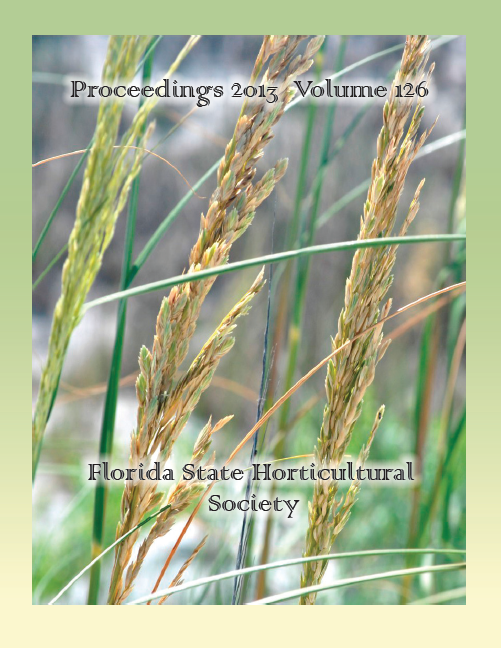Published 2013-12-01
Keywords
- spectral information divergence,
- spectral angle mapper,
- machine vision,
- classification algorithms
Abstract
The viability of the Florida fresh citrus industry is threatened by yet another citrus disease called citrus black spot (CBS), which has arrived as the industry battles two other recently introduced and devastating diseases (citrus canker and Huanglongbing). CBS symptoms make the fruit unacceptable for some important fresh fruit export markets such as the European Union. Therefore, it is imperative to identify fruits that are infected with CBS prior to distribution. This paper describes the development of a hyperspectral imaging approach for identifying fruits infected with CBS. Hyperspectral images were taken of healthy fruit and those with CBS symptoms or other potentially confounding peel conditions such as greasy spot, wind scar, or melanose. Spectral Angle Mapper (SAM) and Spectral Information Divergence (SID) hyperspectral analysis approaches were used to classify fruit samples into two classes: CBS or non-CBS. Results showed that CBS classification accuracy using the SAM approach was 97.90%, and SID classification accuracy was 97.14%. The combination of the hyperspectral images and the two classification approaches (SID and SAM) have proven to be effective in recognizing CBS in the presence of other potentially confounding fruit peel conditions.

